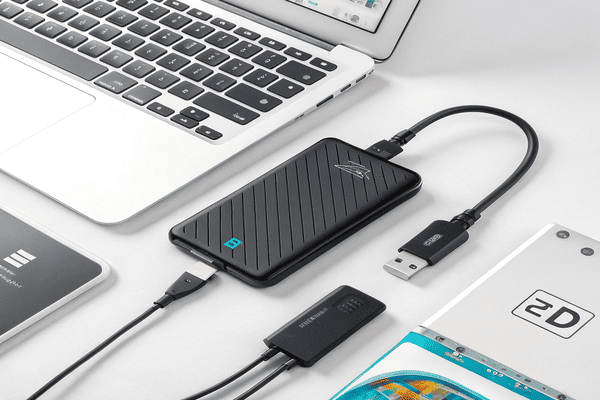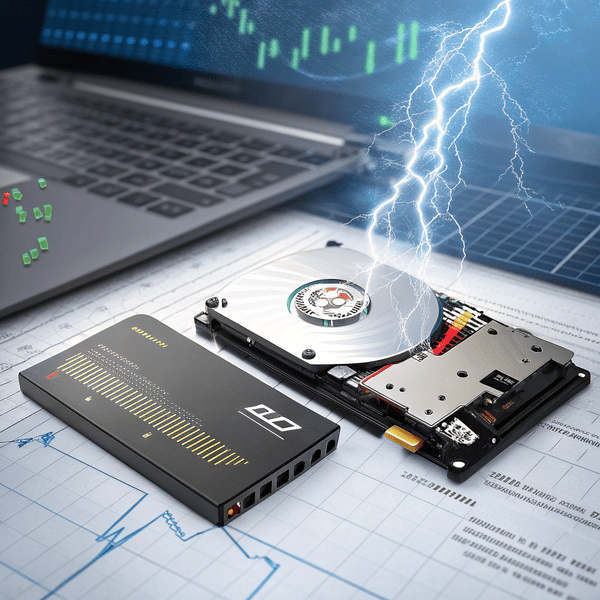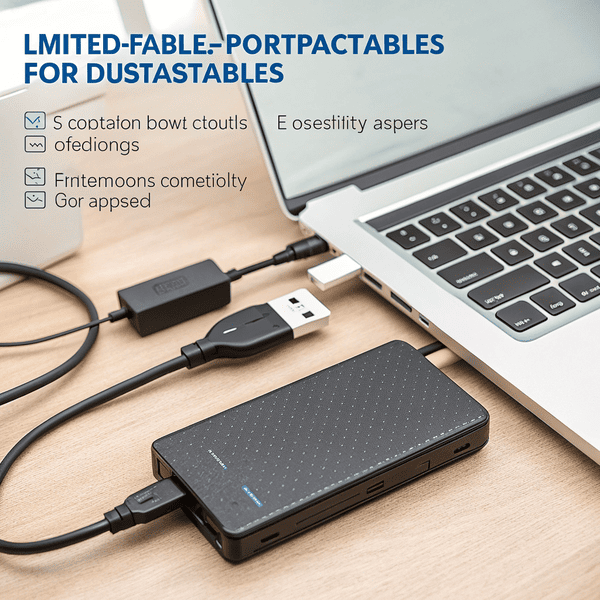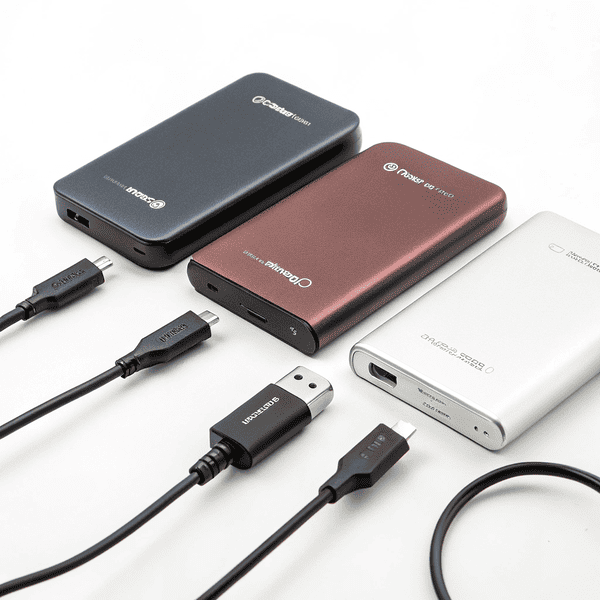Losing files or Losing files or running out of space[^1] on the go can ruin your day when you rely on digital tools.
[^1]: Check out this resource for tips on optimizing storage and ensuring you never run out of space again.
on the go can ruin your day when you rely on digital tools.
Portable SSDs offer fast, reliable storage in a small form factor, making them worth it for users who want quick access and durability. They are pricier than external hard drives but bring significant speed advantages.
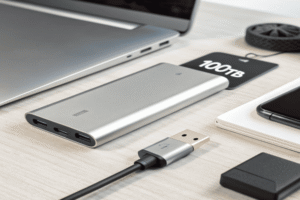
I still remember carrying stacks of external hard drives to every meeting, always worried they might crash or slow me down. Since switching to portable SSDs, I have not looked back. They keep up with my design software and let me move huge files in seconds. However, not everyone needs this level of performance, and the higher cost can be hard to swallow. Let’s look closer at whether they’re really the best fit—and what to watch for before you buy.
Are portable SSDs worth it?
Spending extra can be hard to justify if your tech doesn’t deliver faster results.
Portable SSDs are worth it if you need fast file transfers, compact size, improved durability, and better reliability than spinning hard drives. Creative professionals, travelers, and business users benefit most.
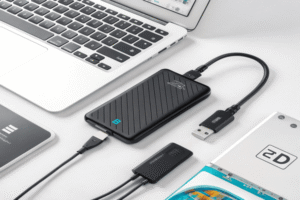
When I upgraded to my first When I upgraded to my first portable SSD, my backup times[^1] went from hours to minutes. In a busy workflow, seconds saved add up fast. These drives have no moving parts, so they aren't as fragile as traditional HDDs—which makes a huge difference if you travel or work outdoors
[^1]: This resource will provide tips and tools to significantly decrease your backup times, improving your workflow.
, my backup times went from hours to minutes. In a busy workflow, seconds saved add up fast. These drives have no moving parts, so they aren't as fragile as traditional HDDs—which makes a huge difference if you travel or work outdoors. For photographers, designers, or anyone managing big files (like 3D projects or video), fast transfer speeds can be a life-saver. Even everyday file management gets much easier when you can trust your gear to work every time.
| Benefit | Portable SSD | External HDD |
|---|---|---|
| Speed | 400–2,800 MB/s | 80–160 MB/s |
| Durability | High (no moving parts) | Vulnerable to drops/shocks |
| Size | Ultra-compact | Larger, heavier |
| Cost per GB | Higher | Lower |
| Ideal for | Fast backup, pro workloads | Large, slow backups |
What are the disadvantages of portable SSDs?
Even the best new tech comes with drawbacks that might matter more than you think.
Disadvantages of portable SSDs include higher cost per GB, the risk of data loss from physical theft or accidental deletion, and occasionally overheating in sustained heavy use.
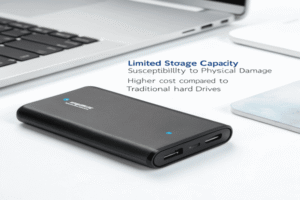
After years of using both SSDs and HDDs, I noticed my portable SSDs can get hot during big data transfers. Some models have built-in After years of using both SSDs and HDDs, I noticed my portable SSDs[^1] can get hot during big data transfers. Some models have built-in thermal throttling that slows speeds when things heat up
[^1]: Explore this link to discover top-rated portable SSDs that offer fast data transfer speeds and effective heat management.
that slows speeds when things heat up. Their cost (especially for high capacities) is also much steeper. And, like any small gadget, losing one can be a disaster—you need strong password protection or encryption if you carry sensitive files. SSD cells do wear out after a lot of writes, though for most users, lifespan isn’t an issue like it once was. Still, if you do lots of heavy writes (video editing or database logging), watch out for slowdowns as the drive fills up.
| Disadvantage | Details |
|---|---|
| Cost | Up to 5–10x more per GB vs HDD |
| Data Security | Easy to lose or steal; encryption needed |
| Overheating | Can throttle speed with heavy jobs |
| Wear-out (TBW) | Limited write cycles (rarely a user issue) |
| Compatibility | Some older PCs need adapters or updates |
How much does a 100TB SSD cost?
Pushing past typical storage limits comes with a serious price tag.
A 100TB portable SSD costs around $30,000 to $40,000 USD if you can even find one—most are specialty enterprise drives, not consumer models.

I once helped a client research large-capacity storage for archiving years of industrial design files. The price shocked us. Consumer I once helped a client research large-capacity storage[^1] for archiving years of industrial design files. The price shocked us. Consumer portable SSDs usually top out at 4TB, sometimes 8TB
[^1]: Explore this link to discover various large-capacity storage solutions that can meet your archiving needs effectively.
usually top out at 4TB, sometimes 8TB. Enterprise models like Nimbus Data’s 100TB SSD are built for data centers, not for carrying in a bag. These drives need special setups and power—that means most people have never even seen one in person. If you really need ultra-high capacities, it’s much cheaper to buy several 8TB–16TB drives instead. For niche users, though, the convenience of one gigantic SSD is hard to beat if the budget allows.
| SSD Capacity | Typical Consumer Price | Enterprise Price Example |
|---|---|---|
| 2TB | $100–$250 | - |
| 4TB | $200–$500 | - |
| 16TB | $1,000–$2,500 | - |
| 100TB | N/A | $30,000–$40,000 (Nimbus Data) |
Conclusion
Portable SSDs combine high speed and reliability but come at a premium. For most, 2TB to 4TB brings the best balance—top-end capacities are for specialists with deep pockets.

